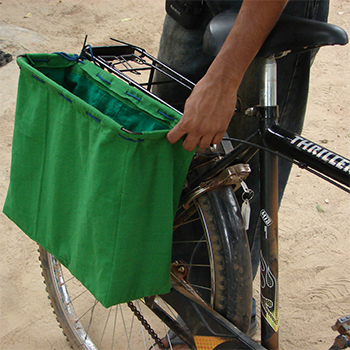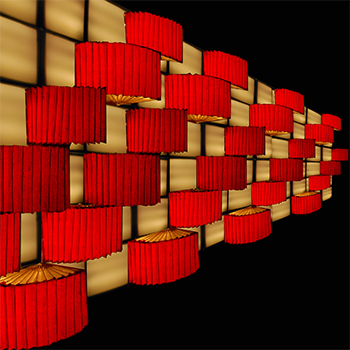The bicycle-friendly area design workshop was conducted in the city of Auroville, Tamil Nadu for design, architecture students and young professionals. 16 students, 10 mentors, sponsors, and hundreds of Aurovillens came together to improve the bicycling experience in Auroville. The project of Auroville, located approximately 12 kilometres north of Puducherry in south India, was formally inaugurated on February 28th, 1968 with the aim of becoming a universal township dedicated to the realisation of the ideal of human unity. The founder of Auroville, a French lady born Mira Alfassa in Paris, who later became known as the Mother after being given charge of the Sri Aurobindo ashram in Pondicherry, followed its development until her demise in 1973. Since the time of its inception, Auroville has been an eco-city in the making. It offers good-willed people the opportunity to experiment and develop their expertise. The city is physically radial in nature. The matrimandir (meditation centre) is the centre of the city. The city’s geographical premise is 5 km in diameter. It is divided into four zones as follows: the cultural zone, the international zone, the industrial zone, and the residential zone. The first 2.5 km is the city area, while the next 2.5 kms is the green belt area. The current population of Auroville is around 2000 people, while the city is being built to eventually accommodate a population of 50,000 people.




